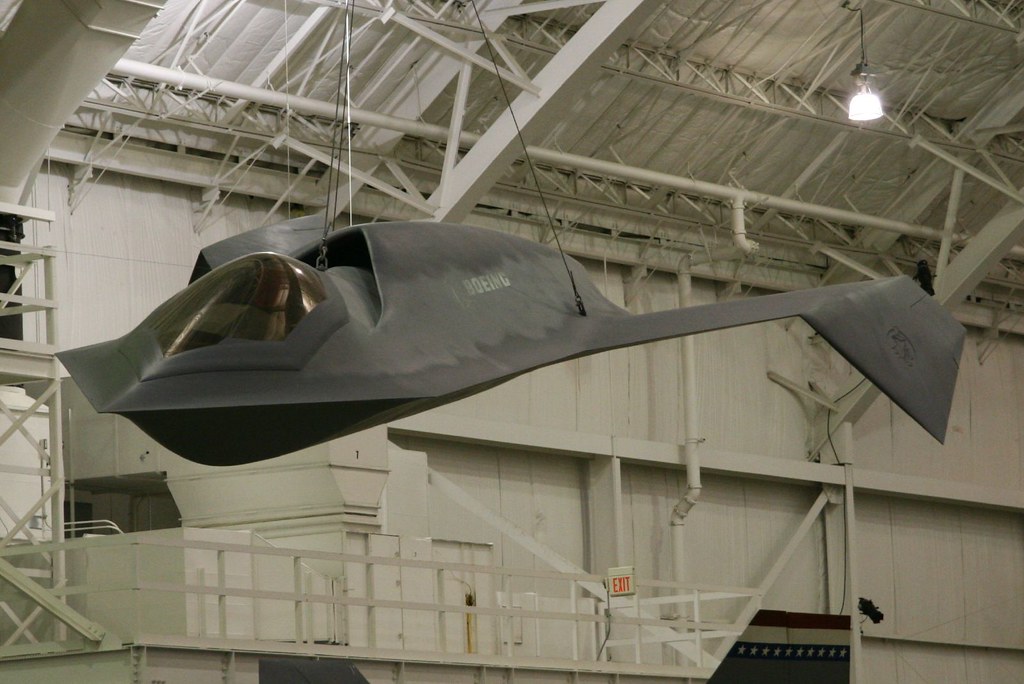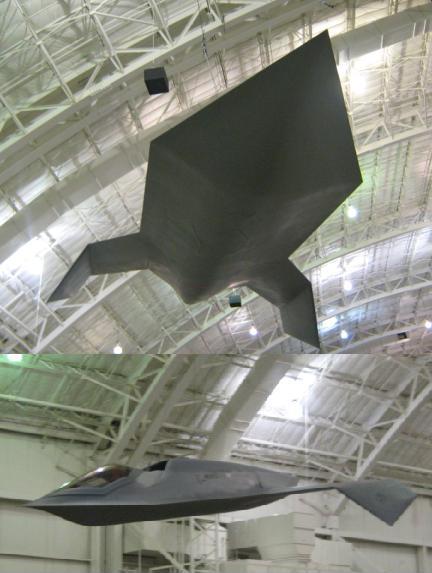
The Boeing Bird of Prey, a single-seat stealth technology demonstrator, signifies a milestone in the advancement of aircraft and stealth technology. Developed between 1992 and 1999, the aircraft’s codename and moniker were inspired by the Klingon spacecraft from the Star Trek series, reflecting its similar design. The Bird of Prey’s inaugural flight occurred in the autumn of 1996, with the purpose of evaluating cutting-edge stealth technologies and innovative aircraft construction techniques.
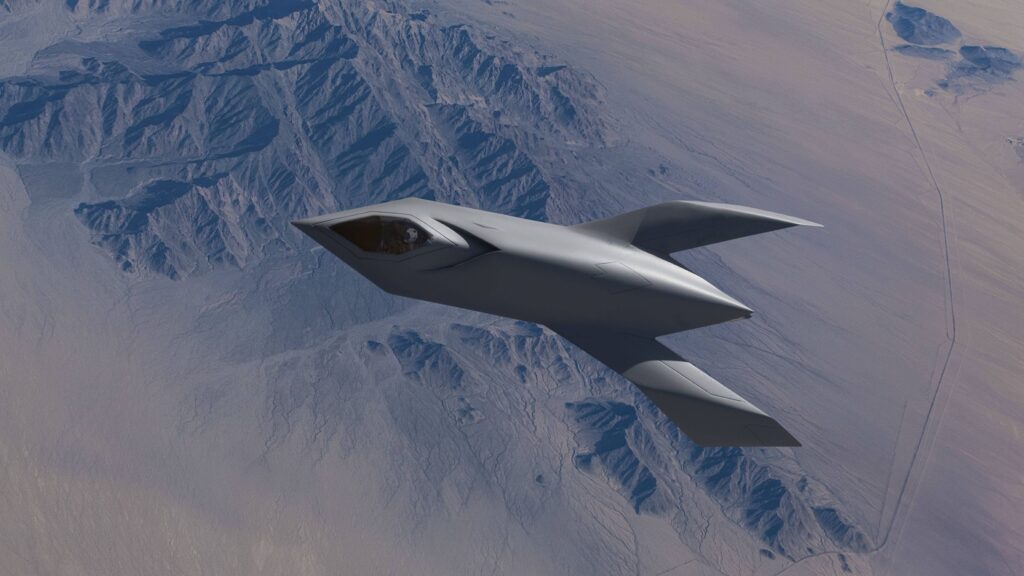
The Bird of Prey was used to test ways through which an aircraft could be made almost invisible to the naked eye and to radar. In 38 flights, it validated new design and construction techniques that included the use of large single-piece composite structures, virtual reality-based design and assembly, and disposable tooling. It makes these techniques standard practice and serves as a model for recent Boeing projects, such as the X-32 Joint Strike Fighter demonstrators and the X-45A Unmanned Combat Air Vehicle prototype.
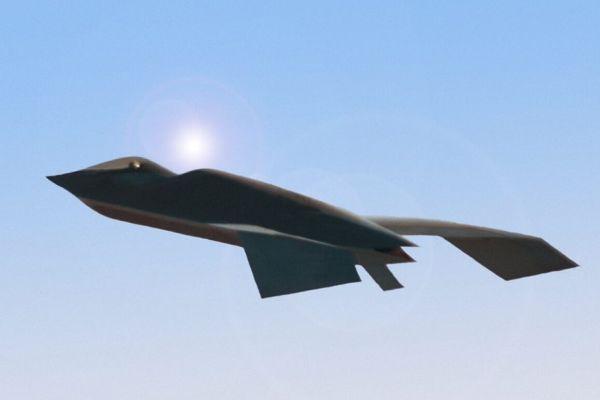
One of the really impressive features of the Bird of Prey was that it had “gapless” control surfaces that blended into the wings to minimize its visibility in radar tracking. The engine intake was also completely covered from the front, which made it even more efficient as a stealth plane. It also had several “off the shelf” technologies in its constitution, just to reduce the overall cost and speed up the process of its production. It has an entirely manual control system, without computer assists; its landing gear was specifically adapted from that of the Beech King Air and Queen Air.
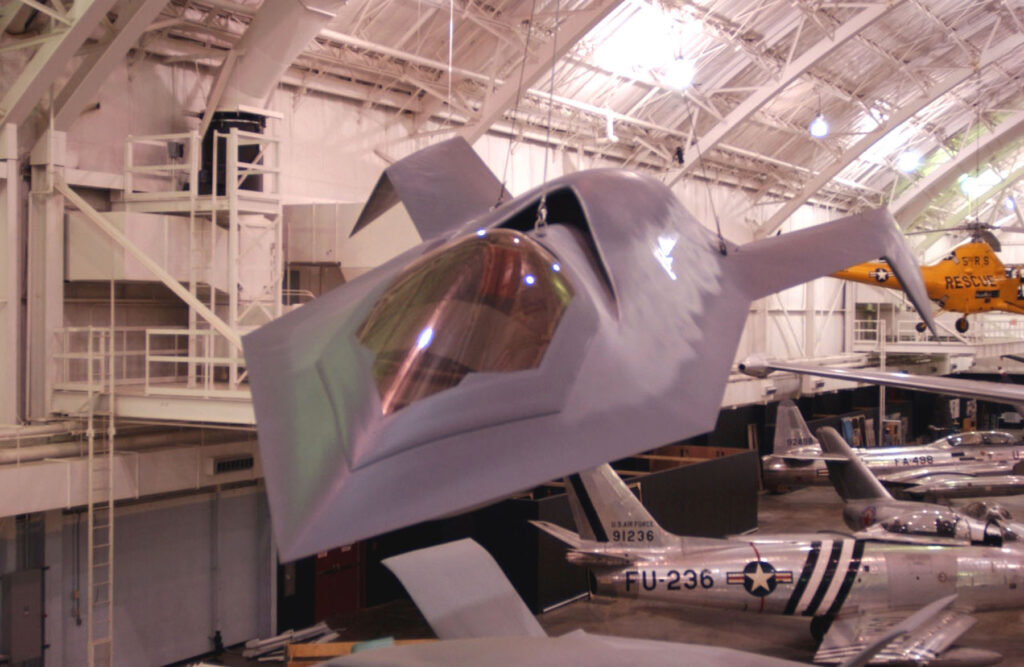
The Bird of Prey project evolved out of attempts by McDonnell Douglas to regain footing in the competitive landscape for tactical military jets, which saw several setbacks towards the end of the 1980s and early in the 1990s. After losing the USAF’s Advanced Tactical Fighter program to the F-22 in 1991, company management began to recognize the need for stealth and affordability. This understanding triggered the development of a replacement project in 1992: the Bird of Prey.

That was an ultra-radical aircraft design, not caring so much about the performance regarding aerodynamics but more in relation to low observability. All details of the fuselage, wing, and exterior were very well worked out to minimize the RCS, some estimate it as small as a mosquito. Engines buried deep in the fuselage made this aircraft significantly reduce infrared signature; specific paint shading helped mask the form of the aircraft in the air visually during daytime.
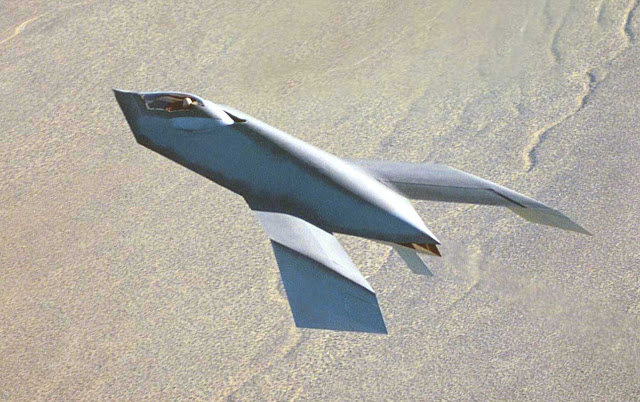
Moreover, the development of the Bird of Prey also aimed at smoothing out design and assembly processes to ensure better affordability. Through rapid prototyping techniques using computer programs and 3D rendering, engineers could simulate performance for various parts and systems without having to create physically redundant iterations. It kept costs low by using already developed off-the-shelf components. This business-jet engine, turboprop landing gear from a Beechcraft, an ejection seat from a Harrier, and even the controls in the cockpit were taken from already existing tactical jets. Supposedly, the program had a price tag of $67 million, less than two brand-new 737s at the time.
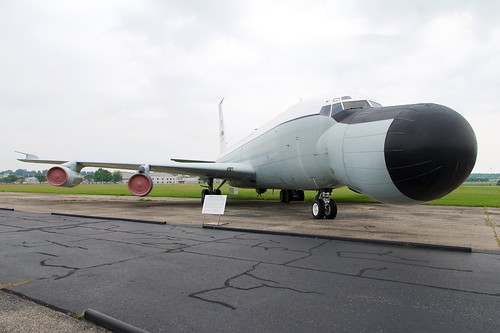
Although that wasn’t a very bright idea for flying, the Bird of Prey did get to realize its whole point: that of progressing stealth technology. Its maximum speed was 300 mph, with a ceiling of 20,000 feet, and it was powered by a Pratt & Whitney JT15D-5C turbofan engine that produced 3,190 pounds of thrust. Reports indicated that the operational speed of the aircraft was 260 knots with a maximum takeoff weight of 7,400 pounds.
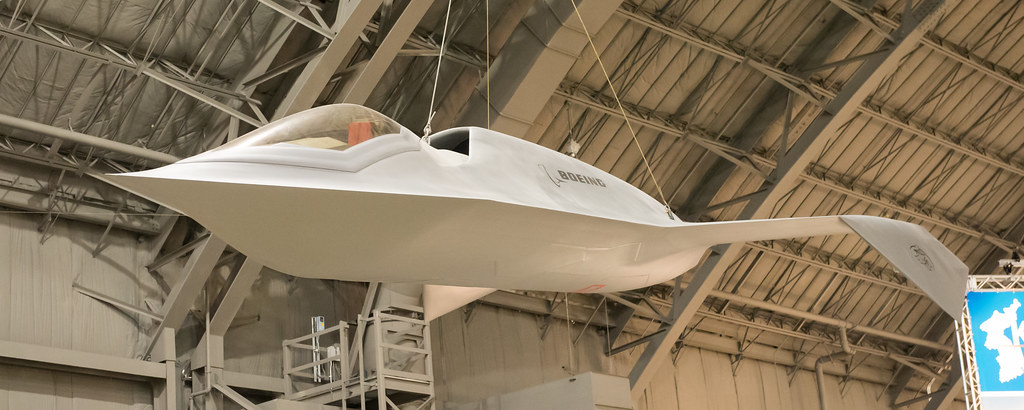
The Bird of Prey program lasted well into 1999 and survived Boeing’s acquisition of McDonnell Douglas in 1998. It was rolled out publicly for the first time in 2002, at which time it was donated to the National Museum of the United States Air Force at Wright-Patterson AFB in Dayton, Ohio, where it is now on display. Oddly, though, no photos of the cockpit or instrument panel have made their way into public view to this day, further adding to the mystique of this aircraft.
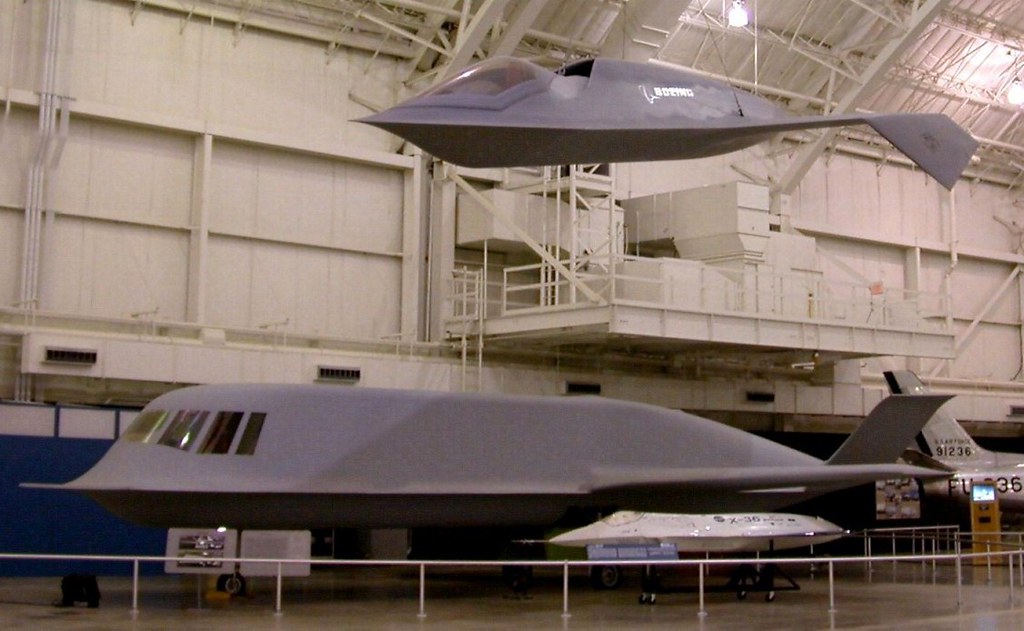
The Bird of Prey represented a quantum leap in the development of Stealth technology. It inspired no less than past designs, showing just what could be turned out with some new and innovative production techniques. Its legacy continues to survive within advanced military aircraft to this very day, making sure that lessons learned from this pioneering project are here to stay.
Related images you might be interested.




